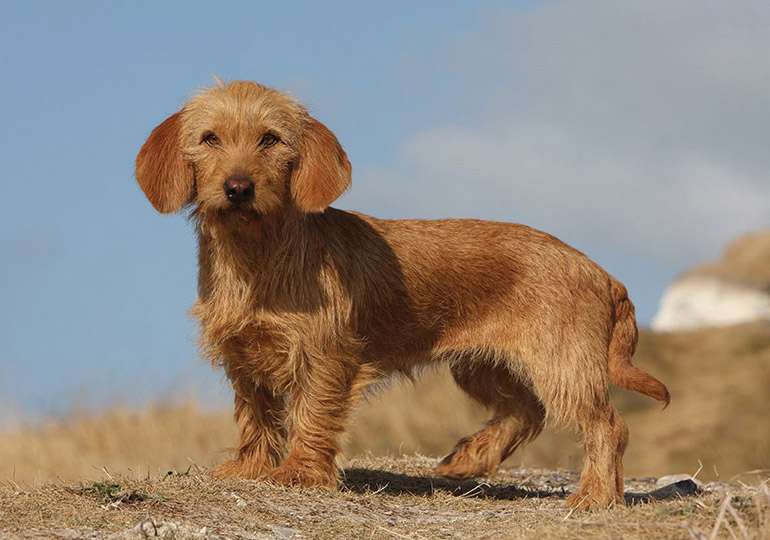
A toy dog breed called the Pekingese (Peke) was developed to dwell among ancient Chinese royalty. The dog is distinguished from other breeds by its short snout, wide eyes, and pronounced V-shaped facial wrinkle in addition to its low body and somewhat bowed limbs. This small, stocky dog is renowned for having long hair that resembles a lion’s mane.
Care as a Pet/ In Captivity
A Peke can be an excellent watchdog because it is constantly alert and aware of its surroundings. Because the Peke breed wants to be with people, early socialization is also vital to ensure that your pet will get along with other animals living in the home (and other Pekingese).
Grooming
It takes some work to maintain a Peke’s coat. The Pekingese’s thick double coat, which is longest around the neck and shoulders, will need at least one longer brushing per week to assist eliminate hairs and prevent matting. An occasional bath will be appreciated by your Peke as well. To reduce the hassle of grooming, owners might opt to keep their Peke’s coat short. Seasonal shedding occurs in Pekingese, therefore mats or tangles should be gently cleaned out. As with every dog, keep your pet’s nails neatly trimmed, keep up with dental hygiene by routinely brushing its teeth, and regularly clean its ears to prevent infections.

Exercise
Playing games and engaging in dog sports is something this breed enjoys, but only at its own speed. A Peke should stroll at a leisurely pace to avoid overheating or respiratory issues. Consider taking two daily walks that last between 30 and 60 minutes each.
The thick coat and flat face of the Peke make it prefer cooler weather. When living in warmer climes, the Pekingese must be maintained in well-ventilated, air-conditioned rooms because heat prostration can be fatal for this breed. When it’s extremely hot outside, you should minimize your outdoor activities like walks and plays.
Nutrition and Diet
Additionally, the breed is linked to a few minor health issues that are caused by allergies to foods including maize, wheat, filler, ash, and occasionally chicken. Because it inhales a lot of air when eating, this breed with a flat face may potentially experience digestive issues. However, Pekingese ought to function admirably with any premium dog food. Due to their lower level of activity, Pekinese are prone to weight gain, therefore it’s crucial to watch out for overeating and overindulging in goodies. Always provide access to clean, cool water because this breed does not perform well in the heat.
Table





